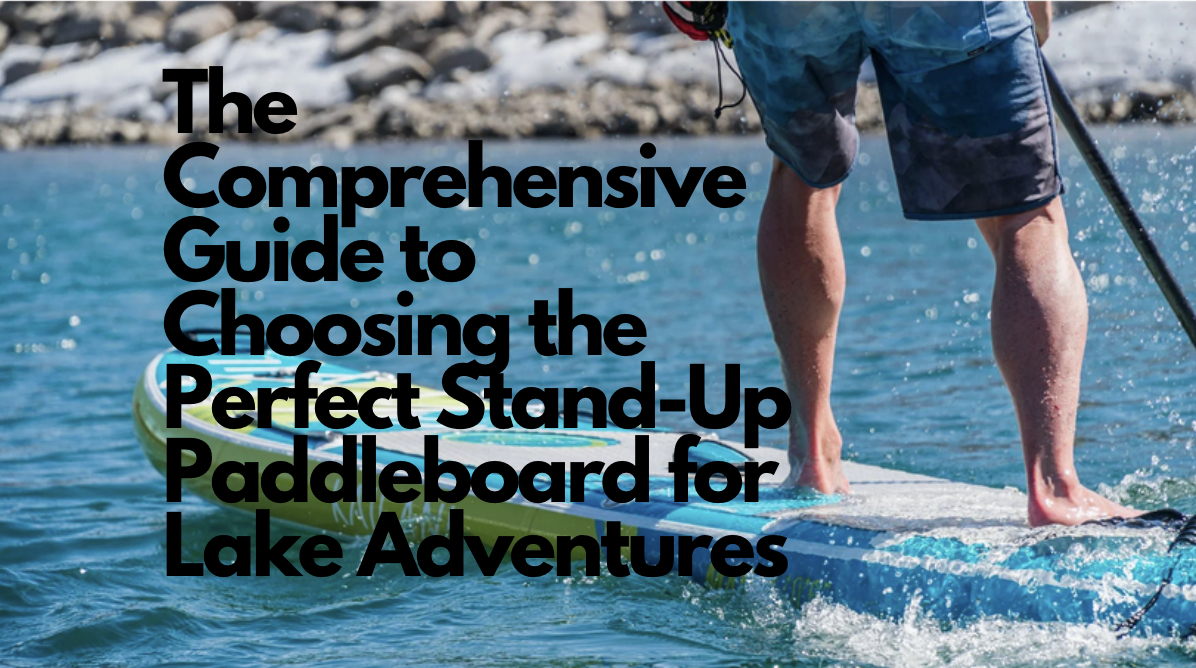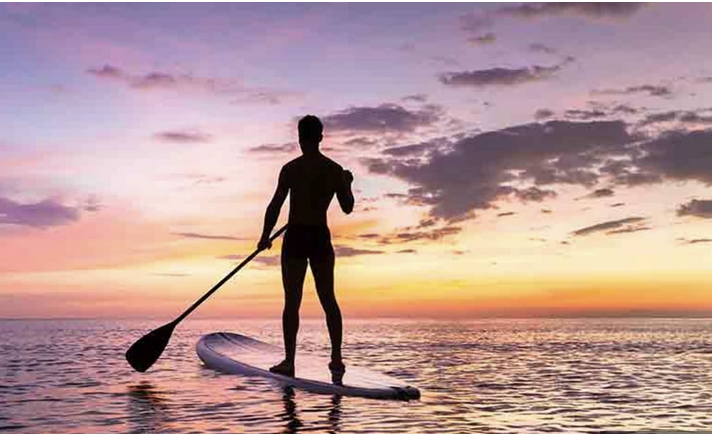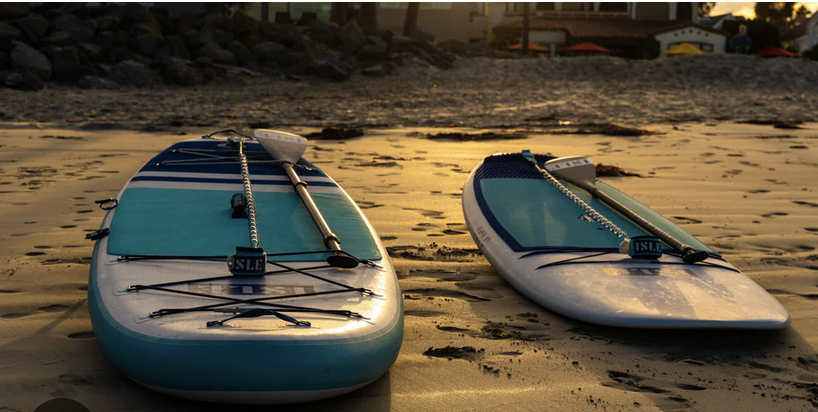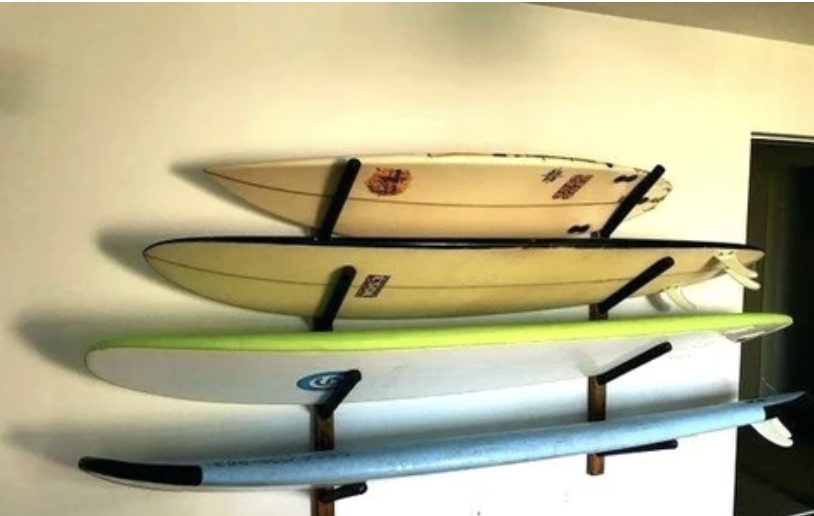
Stand-up paddleboarding (SUP) offers a serene yet exhilarating way to explore lakes and waterways. Whether you’re a beginner seeking tranquility or a seasoned paddler craving adventure, selecting the right paddleboard is crucial for an enjoyable experience. With myriad options available, from shapes and sizes to materials and features, the task may seem daunting. However, fear not! This guide will navigate you through the process of choosing the perfect SUP tailored to your needs, ensuring countless hours of blissful paddling on the lake.
Understanding the Basics of Stand-Up Paddleboarding
Before delving into the nuances of paddleboard selection, let’s establish a foundational understanding of SUP. It’s a versatile water sport that involves standing on a board and using a paddle to propel yourself through the water. Suitable for all ages and fitness levels, SUP offers a full-body workout while providing opportunities for relaxation and exploration amidst nature.
Factors to Consider When Choosing a Stand-Up Paddleboard

Paddleboard Type
- All-Around: Versatile and suitable for beginners, these boards are stable and maneuverable, ideal for leisurely paddling on calm lakes.
- Touring: Designed for longer distances, touring SUPs offer better glide and tracking, making them suitable for exploring larger lakes and covering greater distances.
- Yoga/Fitness: Featuring a wider and more stable platform, these boards are perfect for yoga enthusiasts or those looking to incorporate fitness routines into their paddleboarding sessions.
Board Dimensions
- Length: Longer boards provide better glide and stability, ideal for longer paddling excursions. Shorter boards offer increased maneuverability, suitable for navigating narrow waterways or performing tricks.
- Width: Wider boards offer more stability, making them suitable for beginners or activities like yoga. Narrower boards are faster and more agile, perfect for experienced paddlers seeking speed.
Volume and Weight Capacity
- Ensure the paddleboard can support your weight along with any additional gear you may carry. Opt for a board with a higher volume if you’re on the heavier side or plan to carry gear. Check the manufacturer’s specifications for the recommended weight capacity to ensure safety and optimal performance.
Materials
- Inflatable: Made from durable PVC material, inflatable SUPs are lightweight, portable, and easy to store. They’re an excellent choice for travelers or those with limited storage space.
- Solid (Hard) Boards: Constructed from materials like fiberglass, epoxy, or carbon fiber, solid SUPs offer superior performance and durability. They’re suitable for frequent paddlers and those seeking high-performance boards.

Fin Setup
- Single Fin: Provides stability and straight tracking, ideal for recreational paddling on lakes.
- Three-Fin (Thruster): Offers enhanced maneuverability and stability, suitable for various water conditions, including choppy lakes or ocean waves.
Deck Pad and Accessories
- Look for a comfortable and non-slip deck pad to ensure a secure footing, especially during yoga or fitness activities.
- Consider additional accessories such as bungee cords for gear storage, paddle holders, and attachment points for securing items like water bottles or fishing gear.
Budget
- Set a budget based on your preferences and intended use. While high-end paddleboards may offer advanced features and performance, there are plenty of affordable options that provide excellent value for recreational paddlers.
Choosing the Right Stand-Up Paddleboard for Your Lake Adventures
Assess Your Skill Level and Goals:
- Beginners should prioritize stability and maneuverability, opting for wider and longer boards designed for all-around use.
- Experienced paddlers may prioritize speed and performance, considering narrower and longer boards with advanced features.
Consider Your Preferred Activities:
- If you enjoy yoga or fitness routines on the water, choose a board specifically designed for stability and comfort, with ample deck space and a non-slip surface.
- For those interested in touring or exploring vast lakes, prioritize boards with better glide and tracking, ensuring efficiency over long distances.
Evaluate Storage and Transportation Needs
If you have limited storage space or plan to travel frequently with your paddleboard, consider the convenience of inflatable SUPs, which can be deflated and rolled up for easy transport and storage. Solid boards require more space for storage and transportation but offer superior performance and durability, making them suitable for dedicated paddlers.

Test Before You Buy
Whenever possible, test different paddleboards before making a purchase. Many paddleboard rental shops offer demo days or rental options, allowing you to experience various boards on the water and determine which best suits your preferences and paddling style.
Conclusion:
Choosing the perfect stand-up paddleboard for lake adventures involves careful consideration of various factors, including board type, dimensions, materials, and accessories. By assessing your skill level, goals, and preferred activities, you can narrow down the options and select a paddleboard that aligns with your needs and enhances your on-water experience. Whether you opt for an inflatable SUP for its portability or a solid board for its performance, the right paddleboard will unlock endless opportunities for exploration, relaxation, and fitness on the serene waters of the lake.
Posted by Scott Freerksen “The Lake Guy”
